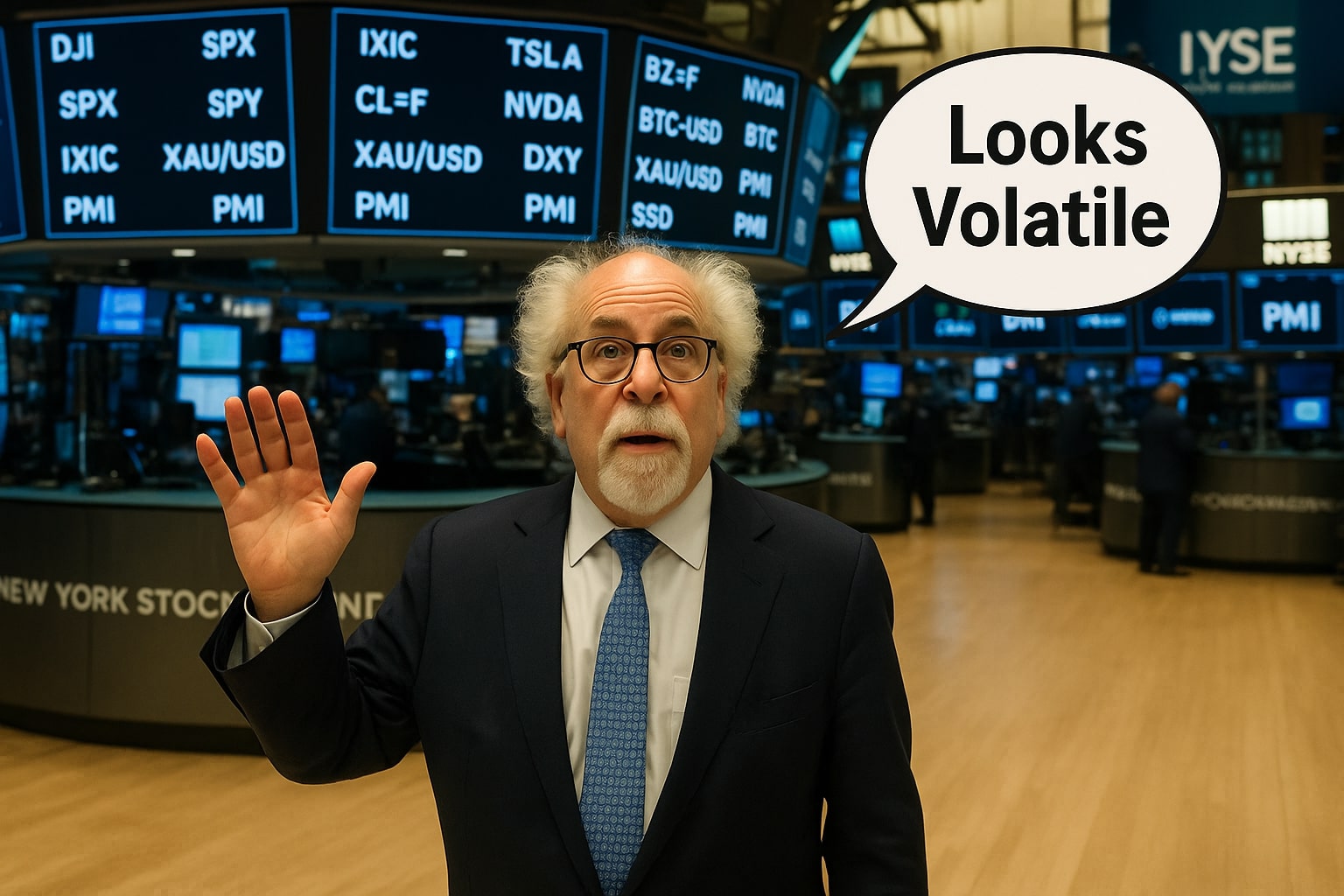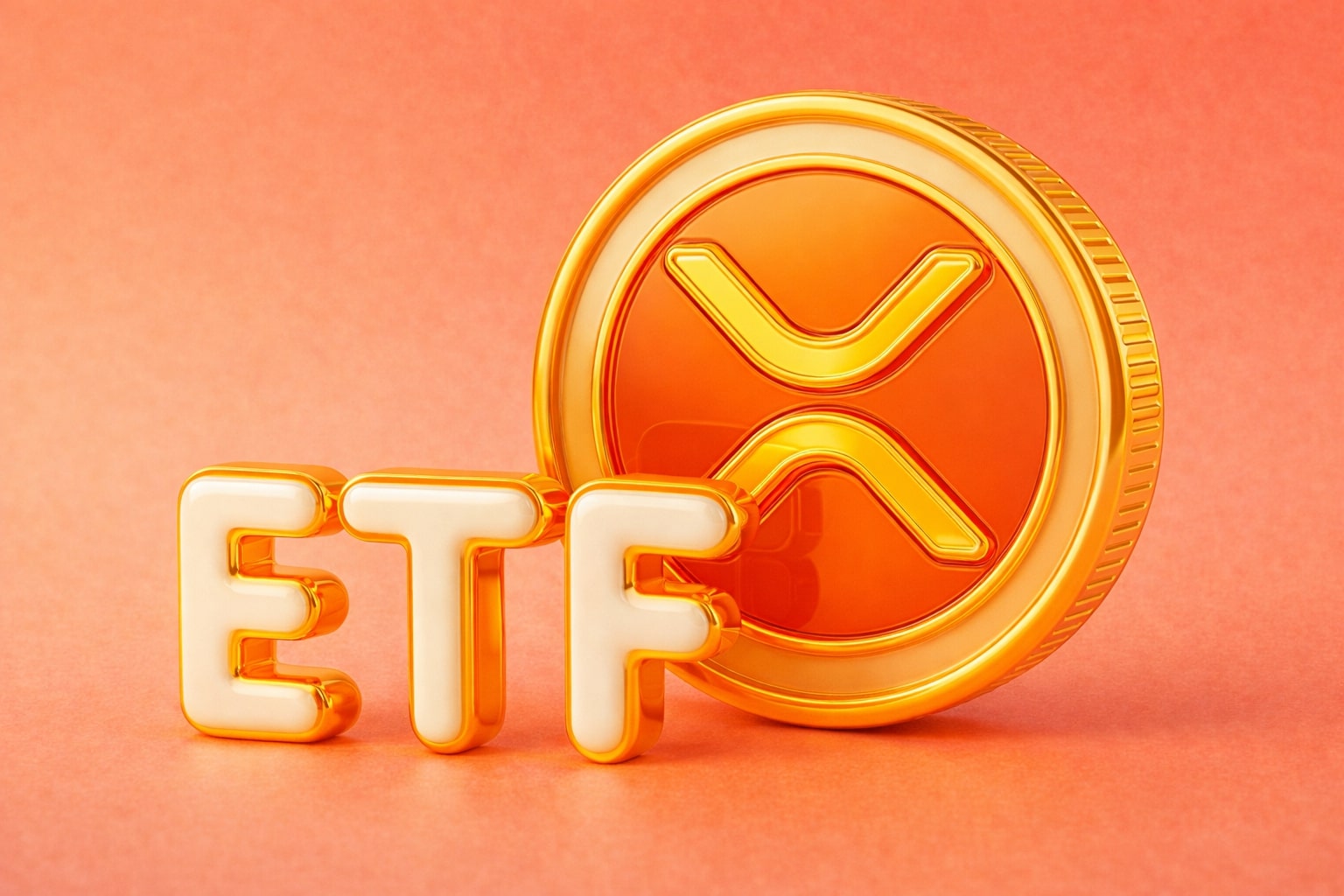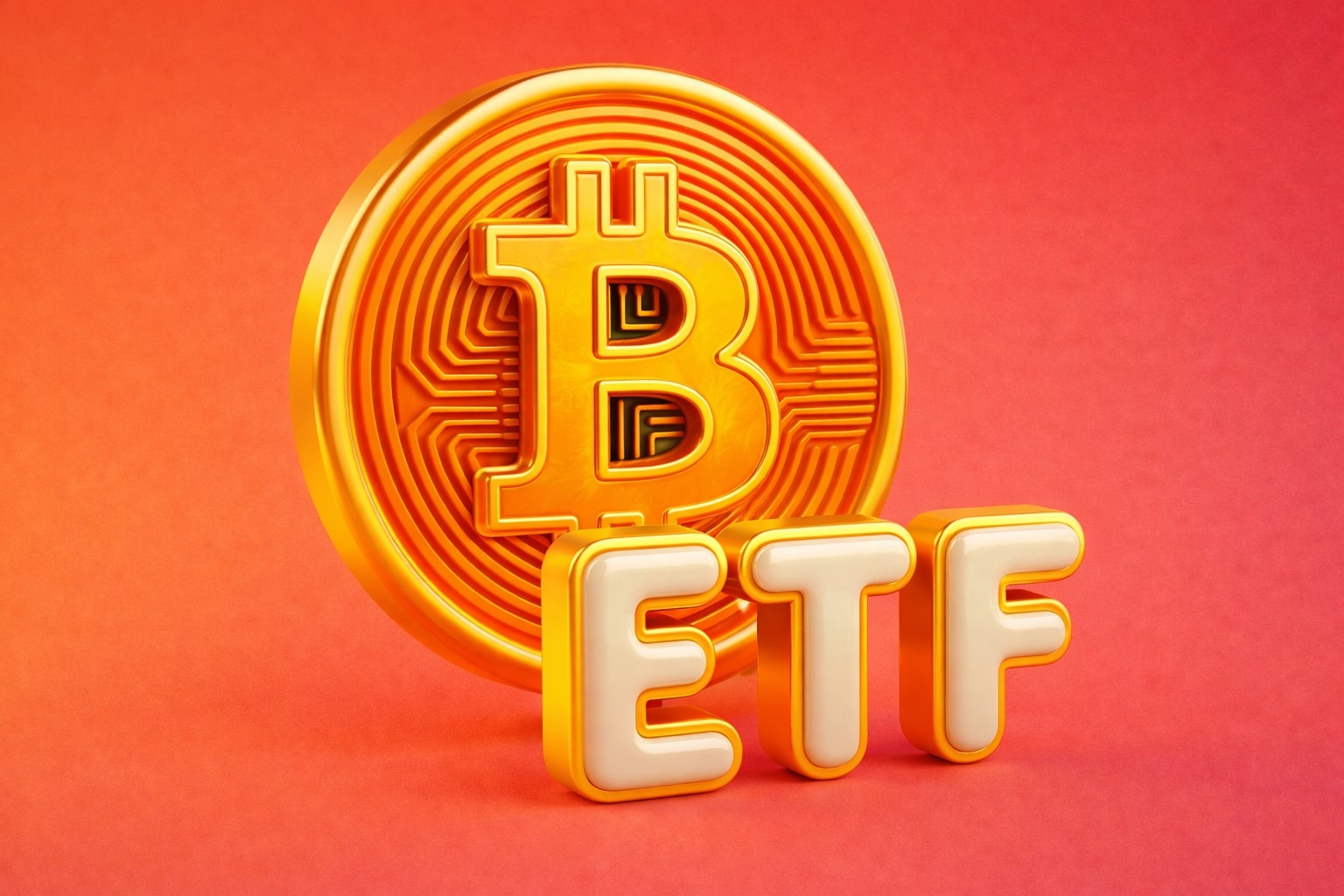Futures Show Diverging Sentiment Amid Trade Talk Developments
On May 23, 2025, US stock futures displayed mixed movements following recent trade-related developments and fiscal concerns. The Dow Jones futures showed a slight positive uptick, gaining 30 points, while the S&P 500 futures remained flat. The Nasdaq futures, however, dipped slightly below the flat line, reflecting the market's hesitancy amidst rising global uncertainties and economic concerns.
In recent trading sessions, Wall Street experienced a volatile end to Thursday, with all the major indices losing their earlier gains in the final hour of trading. Despite China's progress in trade talks with the US, concerns over tariffs and the US fiscal policy continue to dominate market sentiment, making investors hesitant.
The Trump tax bill, which passed with a narrow margin in the House of Representatives, is now heading to the Senate for further deliberation. While this bill is touted to boost US spending, it brings significant concerns about the increasing deficit, potentially undermining investor confidence. As a result, bond yields slightly cooled off, but the US Dollar saw a rebound, albeit staying below the 100 mark.
Global Markets Respond to US Tariff and Trade Policies
While the US markets remain under pressure, global stock markets have shown positive movement, especially in Asia. Hong Kong’s Hang Seng Index rose 0.6%, while India’s Nifty 50 posted a 0.4% increase. However, Japan’s Nikkei 225 fell 0.6% as concerns about US tariffs affecting Japan’s economy came into play. Japanese exports to the US, which are crucial for its economic health, declined by 1.8%, marking the first drop in over a year.
China and the US have agreed to maintain open communication, which, although a positive step, leaves lingering concerns over trade barriers and tariffs. While China's stocks such as Jiangsu Hengrui Pharmaceuticals (JHG) saw strong listings in Hong Kong, the broader US-China trade tensions remain a significant headwind for global markets.
Tech Stocks: Navigating the Volatility of Tariffs and Global Tensions
On the tech front, Tesla (TSLA) faced a challenging week with a 49% drop in BEV registrations in Europe during April. Meanwhile, BYD surpassed Tesla in Europe for the first time in electric vehicle (EV) registrations. Despite Tesla’s struggles, particularly in countries like France (down 59%), Germany (down 46%), and Sweden (down 81%), the company’s stock posted a modest 1.92% increase on May 22, 2025. This surge can be attributed to Elon Musk’s assurance about remaining at the helm of Tesla for the next five years.
The recent performance of Tesla reflects a broader trend of shifting consumer sentiment in the electric vehicle market, where Chinese brands like BYD (BYDDY) have begun to make significant strides. With BYD posting an increase of 169% in European registrations compared to Tesla’s 49% decline, the competition in the electric vehicle sector is intensifying. As Tesla’s growth stalls in Europe, legacy automakers such as Volkswagen (up 61%) and Audi (up 48%) are capitalizing on the growing demand for BEVs.
Bond Market Tension: Treasury Yields and Recession Fears
The bond market has seen substantial turbulence, with the yield on 30-year Treasury bonds rising above 5% for the first time since 2023, reflecting concerns about US fiscal health. The 10-year Treasury yield also surged to 4.59%, reaching levels not seen since February 2025. The surge in yields follows Moody’s downgrade of the US government debt, which has raised red flags about the US debt burden, currently sitting at an alarming 123% of GDP, up from 104% in 2017.
As the US fiscal deficit widens with the passage of Trump’s tax-and-spending bill, concerns are growing about the long-term implications for US assets. With bond yields moving sharply higher, investors are increasingly demanding higher returns on US debt, pulling capital away from equities and into Treasuries. This shift is intensifying recession fears as the US dollar index slipped 0.5%, signaling investor uncertainty.
US Inflation Data and Its Effect on Market Sentiment
Concerns about inflation continue to weigh on investor sentiment. In Singapore, the core inflation rate surged to 0.7% in April, up from 0.5% in March, driven by rising costs in healthcare, education, and food. In Japan, core inflation hit a two-year high of 3.5%, bolstered by rising rice prices. These inflationary pressures are putting central banks on alert, with some, like the Bank of Japan, contemplating a pause in rate hikes to assess the impact of US tariffs.
Inflationary concerns are compounded by rising oil prices, which are continuing to decline despite the OPEC+ discussions over a potential output increase. The price of Brent crude fell toward $64 per barrel, bringing its weekly loss to 2%. West Texas Intermediate (WTI) dropped below $61 per barrel amid concerns of an oil glut in the market. The US oil surplus is further exacerbated by rising US commercial oil stockpiles, which is dampening demand for crude oil.
Looking Ahead: What’s Next for the US Market?
As the market navigates ongoing global trade tensions, US fiscal policy, and inflation concerns, investors are advised to remain cautious. The Nasdaq, S&P 500, and Dow Jones are likely to face continued volatility due to the ongoing uncertainty around tariffs and the US deficit. The Nvidia (NVDA) earnings report next week will be crucial, with analysts expecting lower volatility post-earnings, but the broader market will still be heavily impacted by the US tax bill and global trade talks.
With Moody’s downgrade continuing to shake investor confidence, market participants will need to assess whether the S&P 500’s 1% YTD growth is sustainable in light of the growing risks to the economy. With the US government’s fiscal deficit ballooning, and the US dollar showing signs of weakness, the road ahead may not be smooth for equity markets, especially tech-heavy indices like the Nasdaq.
Strategic Approach: Navigating Market Challenges and Opportunities
In the current market climate, Tesla (TSLA) faces substantial headwinds, particularly in Europe, where its April registrations fell by 49%. Despite this, Tesla's stock saw a 1.92% increase on May 22, 2025, closing at $341.04 per share, reflecting some investor optimism. However, with BYD (BYDDY) overtaking Tesla in European EV sales, the competitive pressure on Tesla is mounting. Nvidia (NVDA), similarly, faces challenges, especially with the US-China trade tensions and high costs associated with AI investments, despite its strategic positioning in the semiconductor market.
On the other hand, gold (XAU/USD) remains a strong performer, trading above $3,300 per ounce, and is on track to post its largest weekly gain in over a month. Amid concerns over the US fiscal deficit, gold continues to shine as a safe-haven asset, especially with investor concerns exacerbated by the Moody’s downgrade of US debt.
With the US dollar weakening and market volatility surging, it’s clear that Bitcoin (BTC-USD) has emerged as a stronger alternative investment. Bitcoin surged to an all-time high of $111,878 earlier this week, driven by growing institutional demand and a shift towards digital assets as a hedge against the dollar.
Market Outlook: Navigating Volatility and Preparing for a Long-Term Strategy
In this environment of economic uncertainty, a defensive stance is critical. Investors should consider holding gold as a secure store of value, with the potential for continued gains in the short term. Given the macroeconomic risks and the volatility of major indices, stocks like Nvidia (NVDA) and Tesla (TSLA) should be monitored closely, but a hold recommendation is prudent until further clarity emerges on trade policy and fiscal matters.
As for US equities, the outlook is less certain. The S&P 500 and Dow Jones are grappling with concerns about inflation, tariffs, and the potential for recession, making them less attractive for aggressive buying in the near term. Therefore, maintaining a cautious position on US stocks is advised.
To sum up, the best course of action is holding gold, monitoring tech stocks like Nvidia (NVDA), and Bitcoin (BTC-USD) for potential growth opportunities. In the face of global trade uncertainties and US fiscal challenges, investors should prioritize safe-haven assets and avoid overexposure to US stocks at this time.
That's TradingNEWS



















